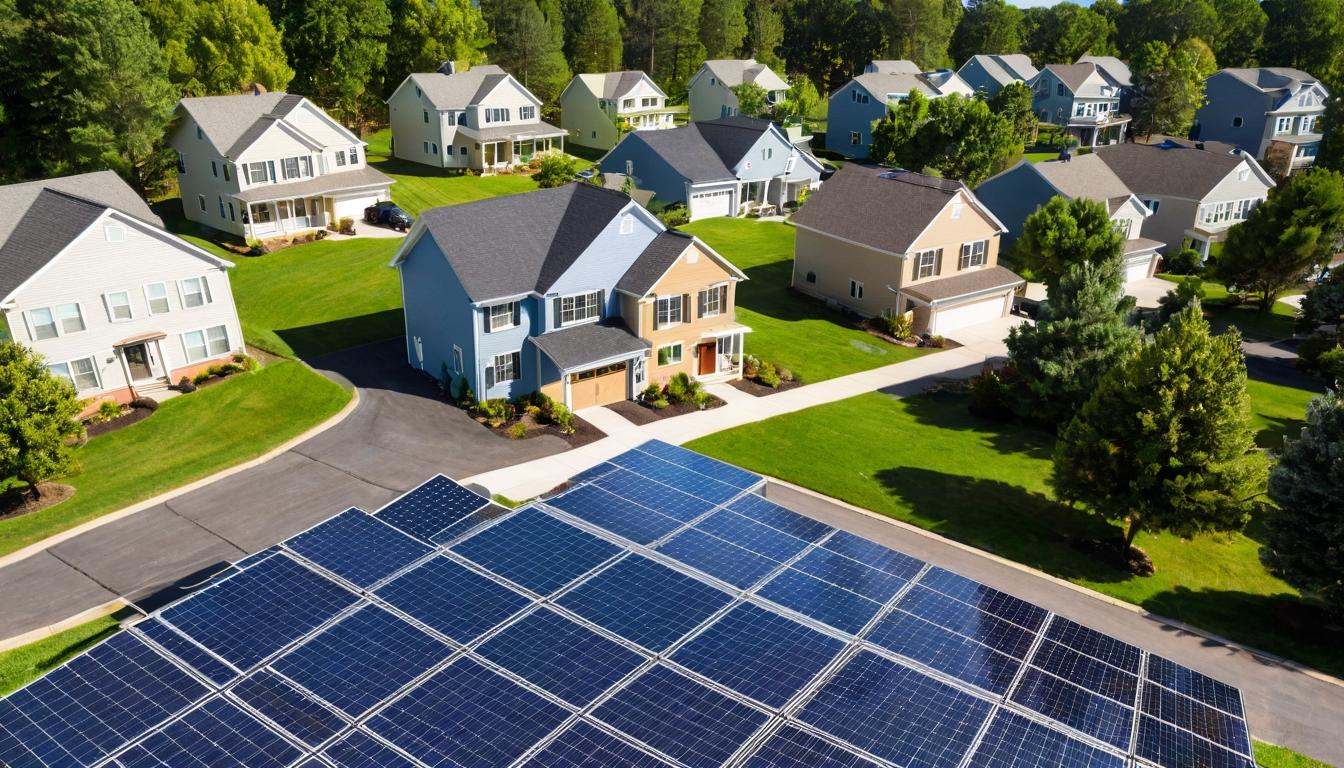If you think the energy transition is happening on solar farms and wind turbines alone, you're missing the real story. There's a quiet revolution unfolding in the basements of suburban homes, the backrooms of small businesses, and the server rooms of tech companies—and it's about to change everything we know about power.
I spent the last three months tracking down the engineers, entrepreneurs, and utility executives who are quietly building what they call "the distributed grid." What I found wasn't just technological innovation—it was a fundamental rethinking of how we produce, store, and manage electricity. From California to New York, from Texas to Massachusetts, a new energy ecosystem is emerging, and it's happening faster than anyone in the traditional utility sector wants to admit.
Meet Sarah Chen, a software engineer in Austin who turned her garage into a micro-power plant. She didn't set out to revolutionize the grid—she just wanted to save money on her electricity bill. But when she connected her solar panels, home battery, and electric vehicle charger to a new software platform that lets her sell excess power back to the grid during peak demand, she became part of something much bigger. "I'm not just consuming energy anymore," she told me, standing beside her humming battery system. "I'm participating in the market. It's empowering."
What Chen and thousands like her are doing represents the leading edge of what energy experts call "transactive energy"—a system where energy becomes a two-way street, with consumers becoming "prosumers" who both use and supply power. The implications are staggering. Instead of relying solely on massive power plants hundreds of miles away, we're building a network of millions of small generators, storage units, and flexible loads that can respond to grid conditions in real-time.
But this revolution isn't just happening in residential garages. Commercial and industrial facilities are getting in on the action too. I visited a cold storage warehouse in Pennsylvania that now makes more money from grid services than from storing frozen foods. By slightly adjusting their freezer temperatures during peak demand periods—changes so small that the food never thaws—they can reduce their energy consumption and get paid handsomely for helping balance the grid.
"We're essentially a virtual power plant," the facility manager explained as we walked through rows of frozen pizzas. "When the grid needs power, we can provide it by reducing our load. It's like finding money in your freezer."
The technology enabling this transformation is advancing at breakneck speed. Advanced inverters can now respond to grid signals in milliseconds. Artificial intelligence platforms can optimize thousands of distributed energy resources simultaneously. Blockchain systems are creating new markets for peer-to-peer energy trading. And all of this is happening while costs continue to plummet.
Yet for all the technological progress, the biggest barriers remain regulatory and cultural. I sat in on utility board meetings where executives openly worried about the "death spiral"—the scenario where distributed energy resources erode their traditional business model, forcing them to raise rates on remaining customers, which in turn drives more customers to go off-grid. It's a legitimate concern, but also one that feels increasingly inevitable.
Some utilities are fighting this future tooth and nail. Others are embracing it, recognizing that their role must evolve from energy producers to grid managers. The smart ones are investing in the digital infrastructure needed to orchestrate this new distributed system, positioning themselves as the platform rather than fighting the inevitable.
What's clear from my investigation is that we're at a tipping point. The technology exists. The economics are becoming irresistible. And the environmental imperative has never been stronger. The question isn't whether this distributed energy future will arrive—it's how quickly, and how equitably.
As I left Sarah Chen's garage in Austin, she showed me her phone screen, where an app displayed how much she'd earned from grid services that month. "It's not life-changing money," she said with a smile. "But it's changing how I think about energy. And that might be even more important."
The energy revolution isn't coming from Washington or corporate boardrooms. It's coming from garages, warehouses, and backyards across America. And it's happening right now, whether the traditional energy establishment is ready or not.
The hidden revolution brewing in America's energy grid

